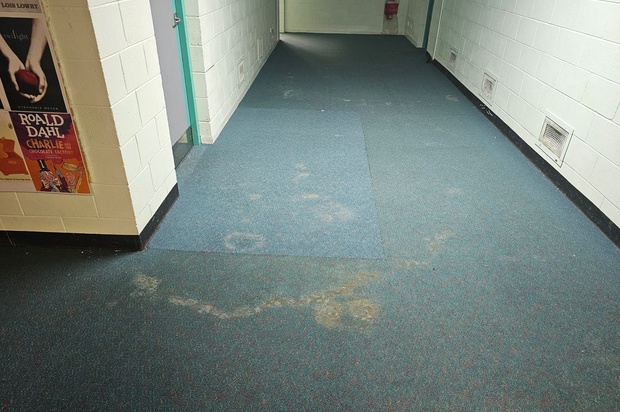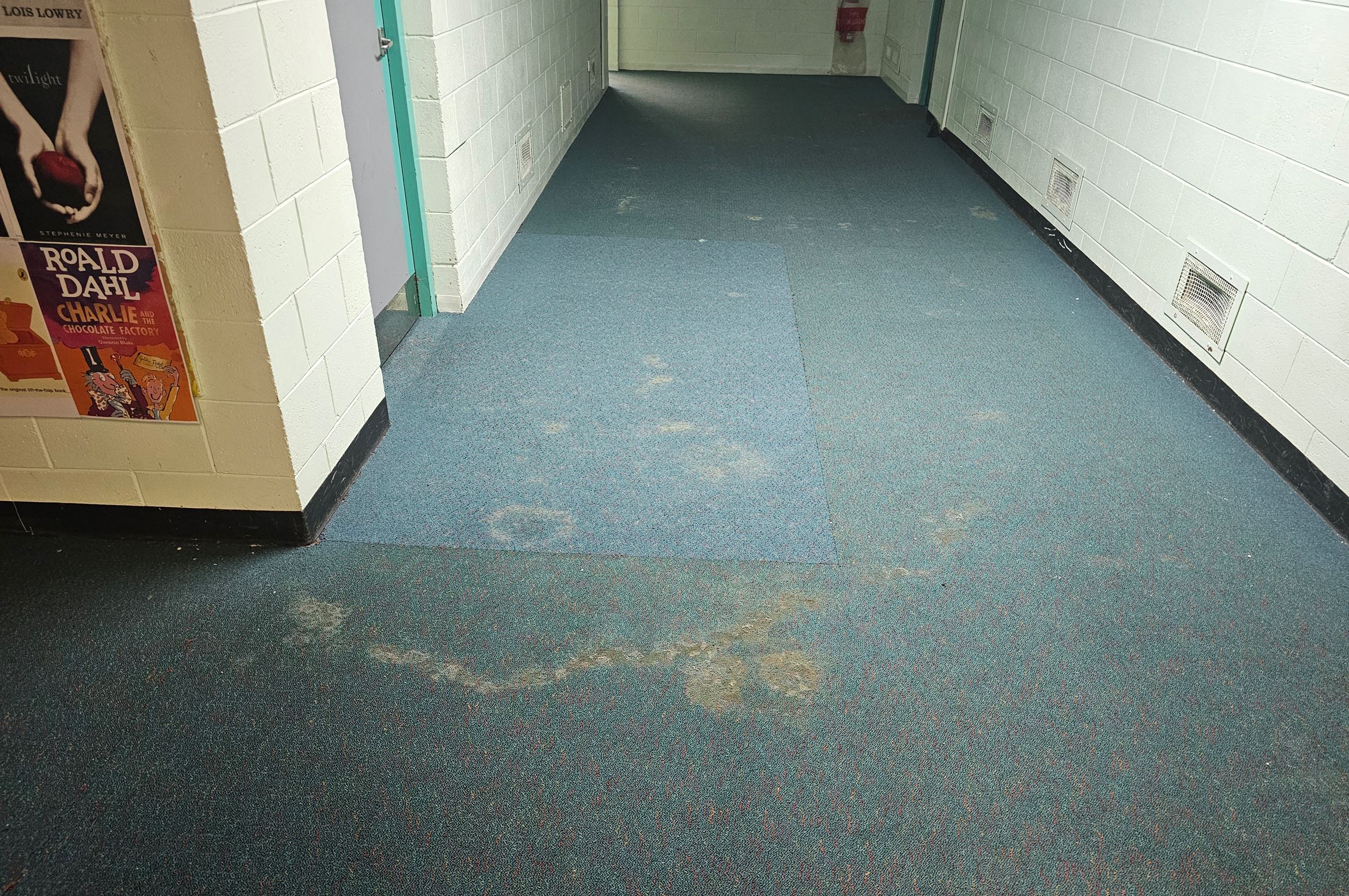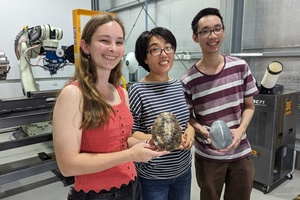Willyama High School at Broken Hill, in far-western NSW, has been closed to students and staff since mid-January, when an extensive mould outbreak was discovered by a staff member after returning from the summer break.
An independent hygienist’s report, handed to Government in recent days, found remediation would require the three-storey classroom building to be gutted of all porous materials, including insulation and electronics.
Even then, another infestation could develop without other, major changes to the facility.
Instead, it will be demolished and rebuilt.
“While today’s news is not ideal, I want to assure the people of Broken Hill that we will be with you for as long as it takes to rebuild this school,” Education Minister Prue Car said on Tuesday.
Staff and the school's 570 students have been learning across three other school sites in the outback town since the start of Term 1.
They will be reunited on day one of Term 2 under the roof of a pop-up school being established on the grounds of Broken Hill High School.
It would provide students with high-quality facilities and materials and ensure Willyama retained its own identity while the school is rebuilt, the Government said.
Two types of mould, aspergillus and penicillium spp, both dangerous human pathogens, were found in several locations tested and were “invariably more widespread throughout,” according to the report.
The exact cause of the outbreak could not be determined.
But the hygienist found it was likely caused by a combination of factors including moisture from the school’s evaporative cooling system left running over the summer, moisture from end-of-year carpet cleaning and water ingress after an unseasonably wet summer.
Overcrowding and inadequate storage facilities also prevented routine cleaning and allowed organic debris to accumulate.
That moisture combined with shut windows and poor insulation “may have provided an ideal environment to support the mould infestation”, the report said.
Evidence pointed to an outbreak in the ground-level music and art rooms spreading through the rest of the classrooms, staffrooms and library via the cooling system.
Images in the report showed mould around air conditioning ducts, on concrete, in cabinets, table tops and in long smears across carpets.
Fungal growth was also observed on drum kit skins, fabric desk chairs, paintings and mouse pads.
The school’s southern wing, housing admin and sport facilities, had a separate cooling system but was recommended for precautionary surface cleaning.
“A key job for us now is to identify which personal belongings from the school can be returned to their owners and what will need to be replaced,” western NSW education official Peter Macbeth said.
“The Willyama community has been so resilient during an incredibly challenging time.”
AAP














